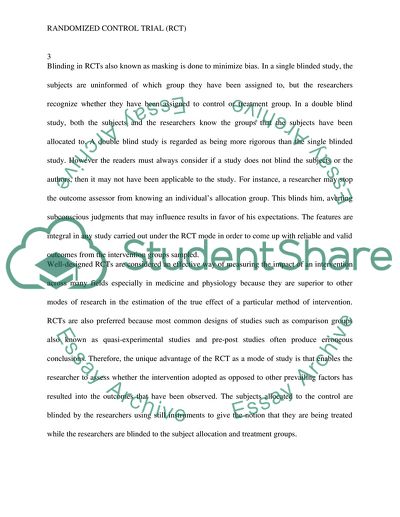Cite this document
(Features of Randomized Control Trials Case Study - 1, n.d.)
Features of Randomized Control Trials Case Study - 1. Retrieved from https://studentshare.org/health-sciences-medicine/1622506-research-design
Features of Randomized Control Trials Case Study - 1. Retrieved from https://studentshare.org/health-sciences-medicine/1622506-research-design
(Features of Randomized Control Trials Case Study - 1)
Features of Randomized Control Trials Case Study - 1. https://studentshare.org/health-sciences-medicine/1622506-research-design.
Features of Randomized Control Trials Case Study - 1. https://studentshare.org/health-sciences-medicine/1622506-research-design.
“Features of Randomized Control Trials Case Study - 1”, n.d. https://studentshare.org/health-sciences-medicine/1622506-research-design.


